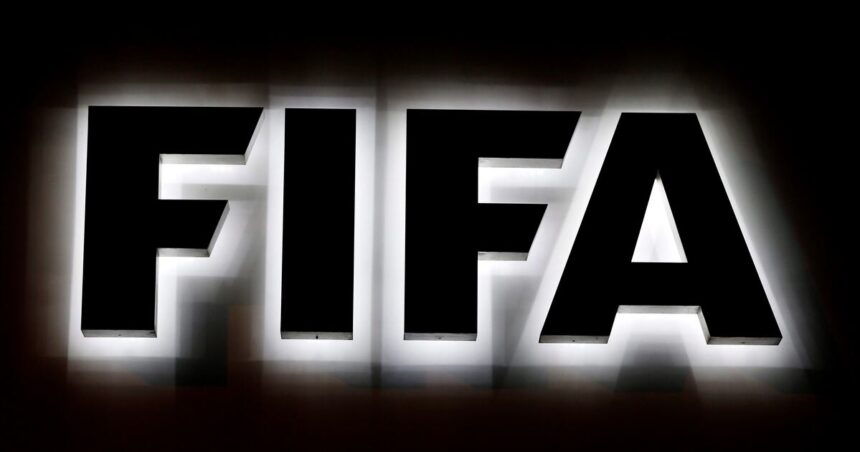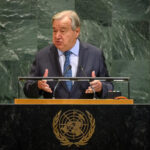The beautiful game is about to get bigger—much bigger. Sources close to FIFA have revealed that football’s governing body is seriously considering an unprecedented expansion to 64 teams for the 2030 World Cup, potentially transforming the tournament into the largest sporting spectacle in history.
This dramatic shift would come just eight years after FIFA’s last significant expansion, which increased the field from 32 to 48 teams for the 2026 tournament co-hosted by the United States, Canada, and Mexico. The breathtaking pace of these changes raises profound questions about the future of international football’s premier event.
“Football has always been about inclusion,” FIFA President Gianni Infantino reportedly told executives during closed-door meetings in Zurich last week. “This expansion represents our commitment to bringing more nations, more fans, and more dreams into the World Cup experience.” While FIFA’s public relations machine frames this as a democratic evolution of the game, the economics tell a compelling parallel story.
The financial calculations behind such a move are staggering. The 2022 Qatar World Cup generated approximately $7.5 billion in revenue, and FIFA projects that the 48-team 2026 tournament could push that figure beyond $11 billion. A 64-team competition would potentially drive revenues toward an astonishing $15 billion threshold—numbers that transform this from merely a sporting event into one of the most valuable entertainment properties on the planet.
But at what cost to the game itself? Former players and managers have voiced increasing concern about fixture congestion and player welfare. “We’re already pushing elite players to their physical limits,” noted former French international and current pundit Marcel Renoir when I spoke with him at last month’s CO24 Culture festival. “Adding another week or two of high-intensity matches could fundamentally alter the quality of play and players’ career longevity.”
The logistics of staging such a massive tournament present another formidable challenge. The proposed 2030 World Cup—marking the centenary of the first tournament in Uruguay—is likely to be hosted across multiple continents, with a Spain-Portugal-Morocco bid currently favored. Adding 16 more teams would require additional venues, training facilities, and accommodations in an already complex organizational structure.
The expansion would most significantly benefit confederations like Africa (CAF) and Asia (AFC), which have historically been underrepresented despite their massive populations. CAF currently receives just five guaranteed spots in the 32-team format but could see that number potentially double or triple with a 64-team field. This regional rebalancing represents a significant shift in the geopolitics of football, reflecting the sport’s global evolution over the past century.
Critics argue that such rapid expansion dilutes the prestigious tournament’s competitive quality. “The World Cup used to be the pinnacle of excellence, where only the absolute elite nations competed,” said Carlos Mendoza, former technical director for Chile’s national team. “We risk transforming it from an elite competition into something more resembling a participation trophy.” These trending concerns have sparked heated debate among football traditionalists and modernizers alike.
What’s particularly striking is how this expansion mirrors broader cultural trends toward inclusivity and globalization. Just as we’ve seen entertainment platforms broaden their content to reach more diverse audiences, FIFA appears to be following a similar playbook—though with the added motivation of substantial financial returns.
The final decision is expected to be announced next spring, following consultations with confederations, broadcasters, and commercial partners. Whatever the outcome, it’s clear that the World Cup as we’ve known it is evolving dramatically. The tournament that captivated global audiences with Pelé’s magic in 1958 and Maradona’s brilliance in 1986 is transforming before our eyes into something entirely different—for better or worse.
The question fans around the world must consider is profound: Does football’s future lie in becoming bigger, more inclusive, and more commercial? Or does something essential about the beautiful game risk being lost in this relentless expansion? As the opinions continue to divide the football world, one thing remains certain—the sport we love continues to reflect the changing face of global culture itself.










